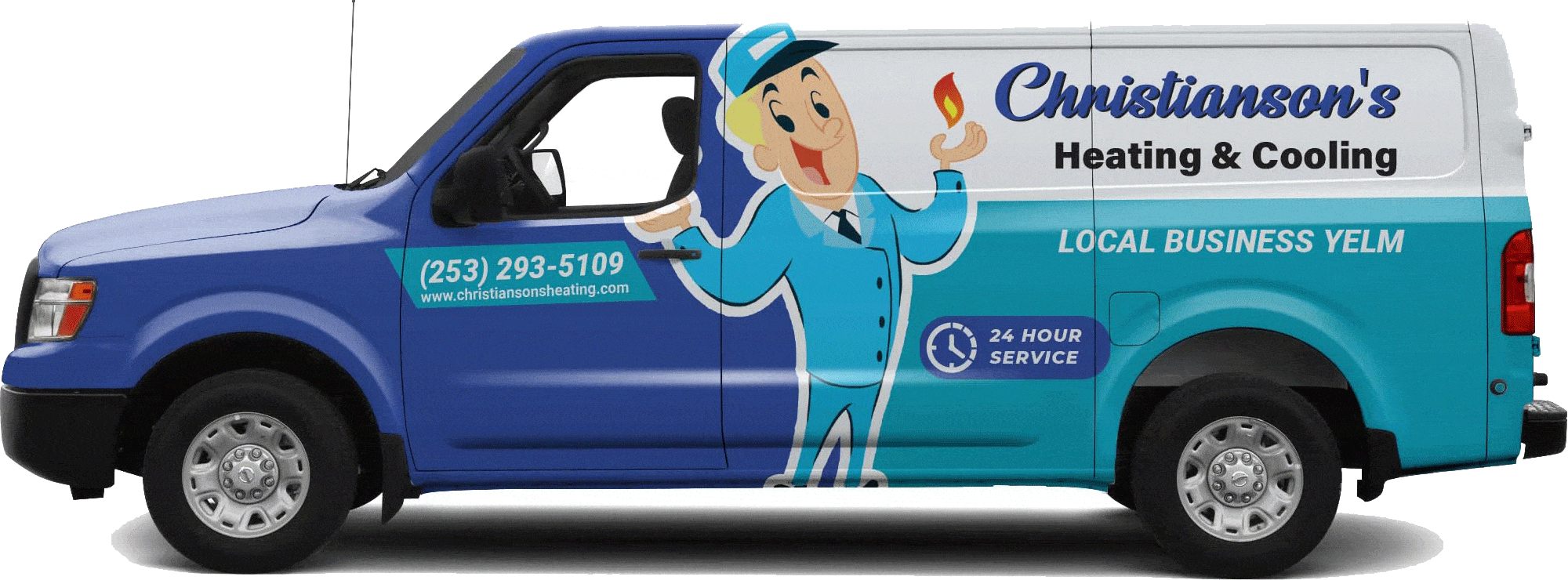What Does Sizing an Air Conditioning System Mean? Understanding the Basics
When it comes to home air conditioning, sizing an AC system is more than just selecting a unit with the right physical size. It’s also about matching the unit with the optimum power levels.
Energy efficiency is usually indicated by an SEER rating and cooling capacity is measured in BTUh or tons. An improperly sized AC will cycle on and off too frequently, waste energy and not remove enough humidity from the air.
BTUs
BTU stands for British thermal units, and it’s a measure of the energy that’s needed to raise or lower the temperature of a pound of water by one degree Fahrenheit. The higher a system’s BTU rating, the more powerful it is. When it comes to sizing an air conditioning system, BTU ratings play a crucial role.
The right size system for your space will depend largely on its square footage, with additional factors like the number and type of windows and ceiling heights. There are a few simple online resources with charts that can help you figure out your home’s square footage and BTU needs, but they can’t provide the same level of accuracy as a trained HVAC professional.
A system that’s too large or small for your home’s BTU requirements can end up consuming more electricity and creating a lot of waste heat, which leads to greater wear and tear on the unit. It will also likely experience more breakdowns and need to be replaced sooner than a properly sized unit would. Another important factor to keep in mind is that AC units are rated by their cooling capacity, usually given in tons (BTUs per hour). A 2-ton unit, for example, can cool 2,000 square feet of space.
SEER
The Seasonal Energy Efficiency Ratio (SEER) is a ratio of the air conditioner’s cooling output to its electric energy input in watt-hours. It is determined by measuring equipment performance in a controlled laboratory environment that simulates typical outdoor conditions.
A higher SEER rating indicates greater energy efficiency, meaning your air conditioning system uses less energy to cool your home. Generally, this results in lower utility bills and less maintenance expenses over time. However, the upfront cost of a higher-SEER air conditioning unit may be more expensive than one with a lower SEER rating.
ENERGY STAR recommends that homeowners look for an AC unit with a SEER rating of at least 18. However, the ideal rating will depend on your individual preferences. For example, some homeowners prioritize energy efficiency while others focus on unit affordability.
It is important to note that SEER evaluations only measure equipment performance under average demand situations and not during peak times. Therefore, the equipment’s performance will vary and may not fully pay for itself over the life of your air conditioning system. Also, indoor humidity levels can impact SEER ratings. This is because high moisture levels can make it harder for an air conditioner to cool your home efficiently. Therefore, it is important to talk with your professional about the unique climate of your home.
HSPF
HSPF is a ratio of the heating output of a heat pump divided by its electrical energy input. This is a different rating than SEER, which measures the efficiency of air conditioners during cooling season.
Like SEER, higher ratings mean greater efficiency. This also means that the system will require less electricity to maintain your home’s temperature. But a heat pump with a high HSPF rating will likely cost more upfront. The upfront cost needs to be weighed against the long-term savings of lower energy bills.
Heat pumps use the same principles as ACs to cool homes, but they can also be used to provide warmth. In order to operate in the heating mode, they need to be switched to a reverse operation. This reverses the direction of the flow of refrigerant through the system, and the result is a transfer of heat from outside to your home.
This process is a bit more complicated than cooling, and this is why the HSPF rating differs from the COP rating that is used for ACs. The HSPF number can be converted to the COP by multiplying it by 3.414 (the amount of BTUs in one kWh of electricity). A heat pump with an HSPF of 8.2 will have a COP of 2.93.



This article provides a comprehensive explanation of how air conditioning systems work and the importance of correctly sizing them. It’s essential to consider factors such as SEER, BTU, and HSPF ratings to ensure energy efficiency and optimal performance.
I found this article to be very informative and enlightening. The details about BTU and SEER ratings are particularly helpful in understanding the significance of proper sizing for air conditioning systems.
While the article does cover important aspects of air conditioning system sizing, it fails to address the potential environmental impact of inefficiently sized units, which is a crucial consideration in today’s climate-conscious society.
I disagree with the emphasis on SEER ratings, as this may not always be the most cost-effective option for homeowners. A balanced approach that considers both energy efficiency and affordability is necessary in choosing the right air conditioning system.
The detailed explanation of how HSPF ratings work and their comparison to the COP rating for heat pumps is particularly insightful. It’s important for consumers to understand the full range of factors that impact the efficiency and cost-effectiveness of HVAC systems.